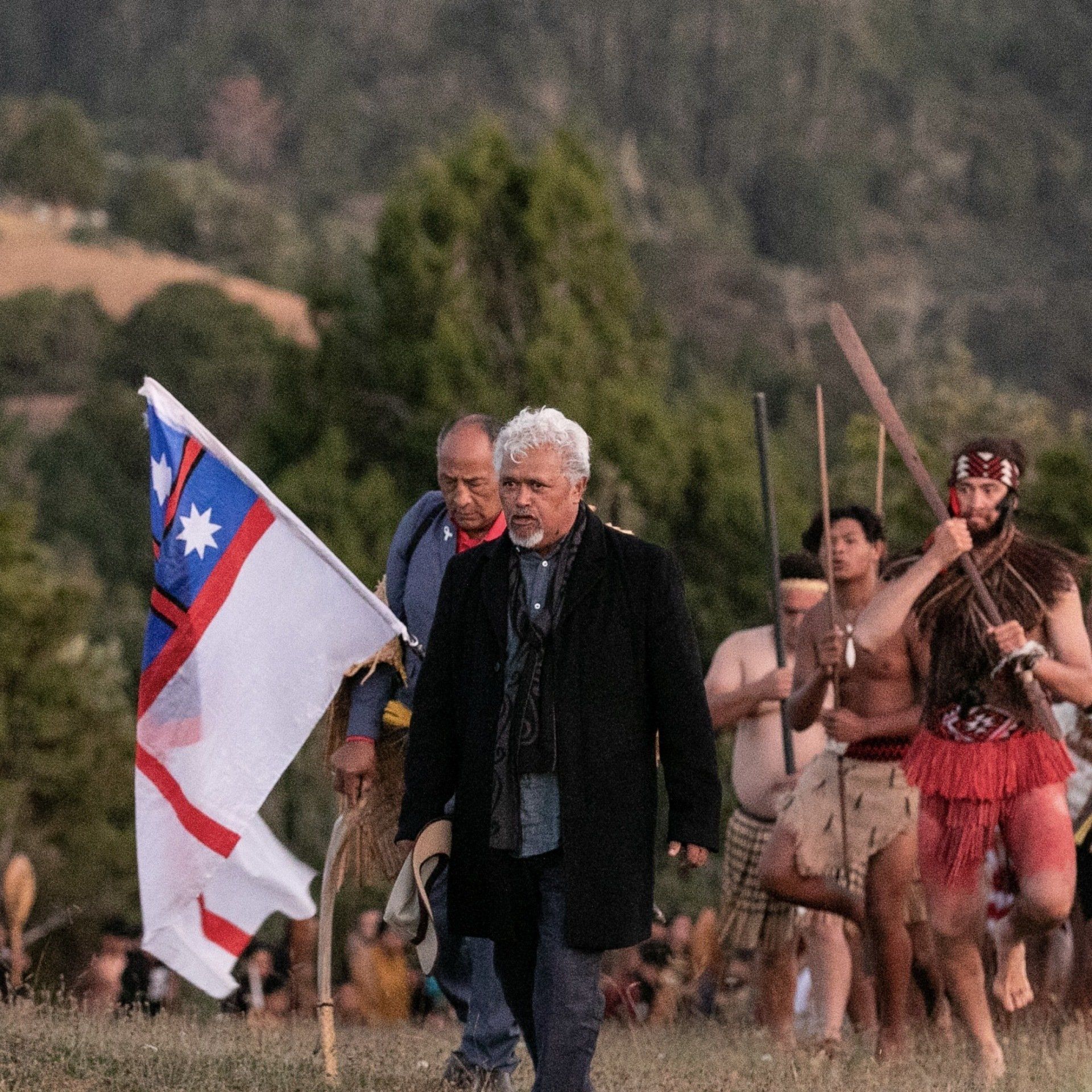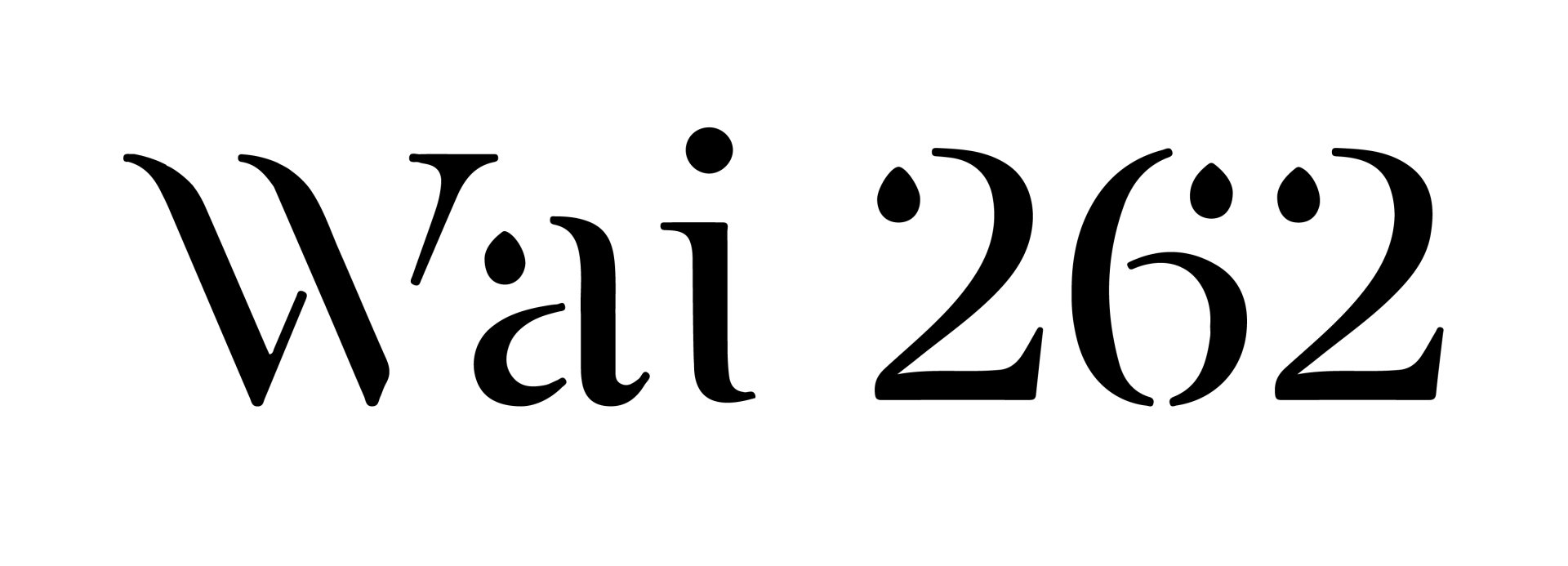Photo: Janet Hetaraka, Te Warihi Hetaraka, Justice-Te Amorangi Hetaraka, Kahikatea Hetaraka, Aorangi Hetaraka, Hihiaua Cultural Centre, Whangārei
Photographer:
Josie McClutchie
“Our mātauranga is our last bastion.”
Embodiment of a vision
“The Hihiaua Cultural Centre is an example of the embodiment of the vision and aspiration of Wai 262,” reflects Pāpā Te Warihi. Rangatira, tohunga and local Māori kaumātua had long held a vision of a Māori cultural centre where identity and culture would be reclaimed, restored and renewed.
“The purpose of it (Hihiaua) is to reclaim, restore, and renew - reclaiming our identity as Māori, restoring it, and renewing it to go into the future. Ka mea mai hoki ngā kaumātua o Whangārei nei i taua wā, ko te mea pai mō tātou nei te Māori, he pai mō te katoa.
Next generation
He is excited for the next generation, he says, “There’s a power surging through our taitamatāne, taitamawāhine. I see it when they come together, and the energy that's created from them. That power comes from being really imbued in mātauranga that’s been handed down to them.”
He reflected on this generation having knowledge handed down to them and their coming together to build a structure to pass onto the next generation. He shared how his generation never received that knowledge, because their generation came off that period Pāpā Te Warihi’s parents were living a life that was completely foreign to them. He said people who hunted for their lives, gardened for their lives, suddenly found themselves in charge of farms and cows. He said, “They never had a clue about what it was to be a farmer.”
“There were those of our elders who were matatau i roto i tō rātou nei mātauranga Māori, tō rātou nei tikanga, ērā mea katoa. It was from them that we learnt the type of kōrero that we’re having now,” recalls Pāpā Te Warihi.
Its time
While he expresses his sadness that it has taken the government 30 years to pick the Wai 262 kaupapa up. He does believe, “That there’s a time for everything. We’re living right in the time foreseen by our tohunga in the 1800s. The time we’re living in now, where we’ve all come back to our culture en masse.”
Wai 262 as a doorway
“Wai 262 is a tool, it's a doorway, a mechanism, to return us back to our, to ourselves, to who we are, to our culture. This next generation carry this kaupapa, they carry the pūtake o te kaupapa nei,” says Pāpā of Wai 262.
Māori structures
There are two critical components that Pāpā Te Warihi refers to of the original rangatira that lodged the Wai 262 claim, the expert witnesses and whānau is to regain control and to do so within Māori structures. He says, “ They’ve got to be set up as Māori structures, not under the structure of the system. That’s important, we've seen how our mātauranga around te reo, around health, where they’ve adopted or they’ve trained people in te reo under other systems has gone.”
Still have mātauranga
“Everything else we’ve lost, we’ve lost our whenua, control of how we catch fish, control of our resources, control of our ngāhere, but the mātauranga, we still have. The only reason we still have it is because it’s in our heads,” continues Pāpā
Mātauranga in context
Pāpā Te Warihi says every tribe and hapū throughout Aotearoa have people in their midst, people with mātauranga Māori. Those people should be looked after, they should be treasured. He says, “It’s through them that they'll be able to reestablish our Māori frameworks. Once established, our mātauranga is passed on and not trampled on. It is important our mātauranga isn’t taken out of context, and used in the way to suit other frameworks.”
“Our mātauranga is our last bastion.”



